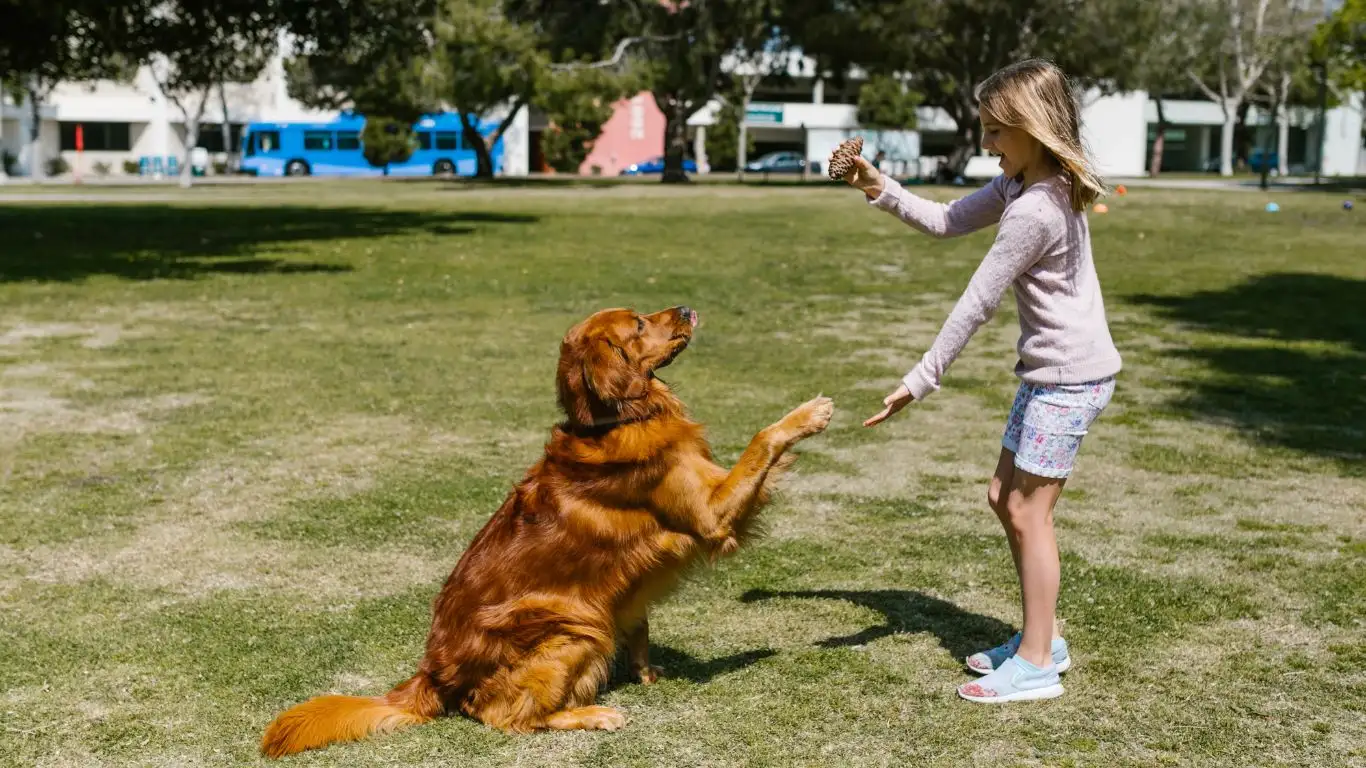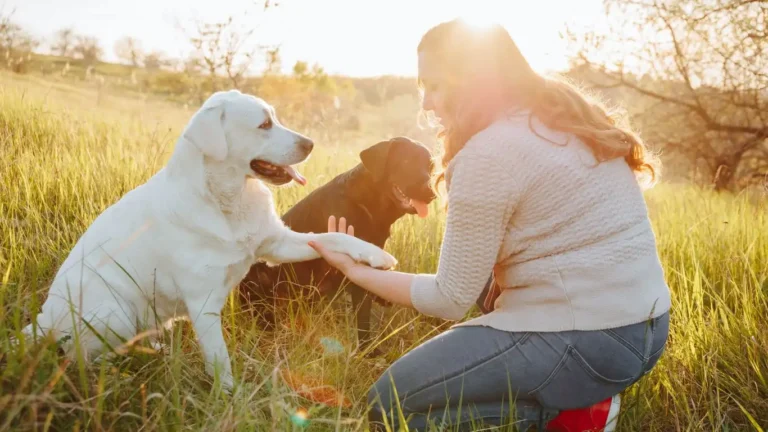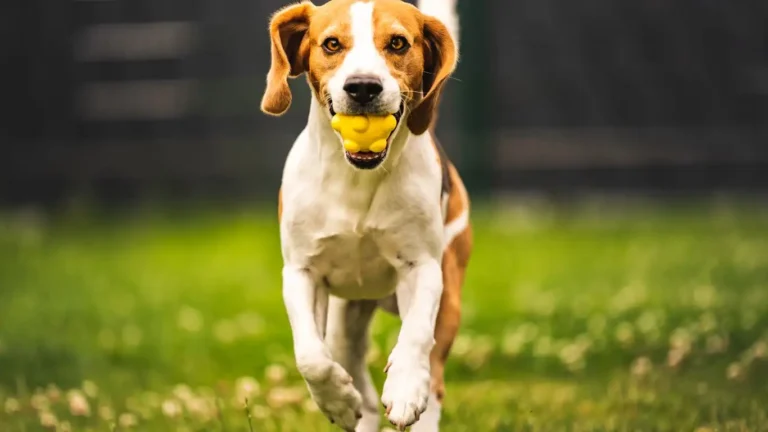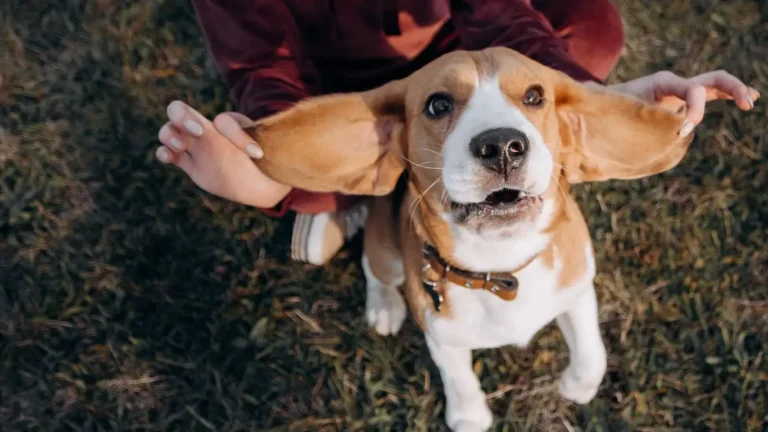Train Your Dog to Behave at Dog Parks Like a Pro
Ever found yourself standing in the middle of a dog park, your pup zigzagging like a maniac while you’re apologizing to every dog parent in sight? Yeah, me too. Teaching dogs proper dog park manners isn’t always a walk in the park (pun totally intended). When I first started out as a Canine-Assisted Therapy Trainer, I quickly realized that knowing how to train a dog to behave well at dog parks goes way beyond just “sit” and “stay.” It’s about reading your dog, managing excitement, and setting realistic expectations—for both of you. This guide brings together lessons from real-life dog park dramas, wins, fails, and everything in between to help you navigate the social chaos of off-leash spaces with a chill, well-behaved canine companion.
Why Dog Park Behavior Training Matters

Dog parks can be wonderful spots for burning energy, building social skills, and letting your pup just be a dog. But without proper behavior training, they can also become stressful, chaotic, and even dangerous. I’ve seen it all—friendly dogs turning snappy, leash-aggressive pups losing control, and even well-meaning owners unintentionally making things worse by yelling or chasing.
Training your dog for the dog park isn’t just about your dog behaving well—it’s about making the space safer and more enjoyable for everyone there. Plus, from a therapeutic angle, a dog that’s calm and responsive in unpredictable environments (like dog parks) is better prepared for advanced training and public interactions.
Understanding the Dog Park Dynamic
Every dog park has its own little social ecosystem. Some pups are chill loungers who just want to sniff around, while others are full-blown wrestle maniacs. When you’re working on how to train a dog to behave well at dog parks, it’s super important to understand that every dog is bringing their own energy, temperament, and baggage to the park. Knowing how your dog fits into that mix is step one.
One of the first things I teach clients is to observe before unleashing. Seriously, just take five minutes and watch. Are there overly dominant dogs? Is there a group of rough players your dog may not vibe with? Being mindful of the environment helps you set your pup up for success.
Start With Solid Obedience—Outside the Park
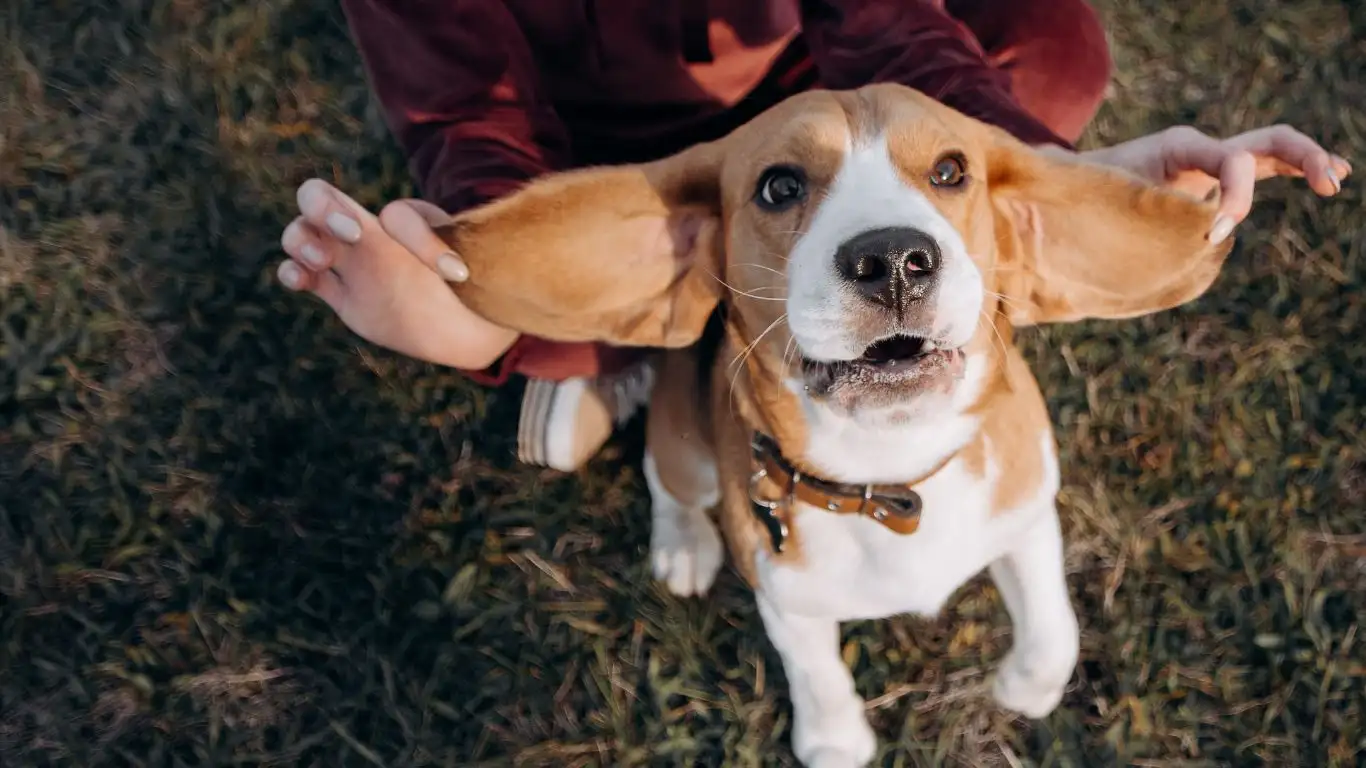
This might sound obvious, but I can’t count how many times someone brings their dog to the park hoping the environment itself will teach them manners. Spoiler alert: it won’t. Your dog needs to already have a basic skill set in calm, distraction-free environments before they’re expected to perform in a high-energy place like a dog park.
Core Commands to Master First
- Recall (“Come”): Absolute must. Practice it until your dog comes back to you like it’s the best thing ever—because in the park, their safety could depend on it.
- Leave It: Super helpful for avoiding unwanted snack steals or disengaging from a pushy dog.
- Stay/Wait: Helpful at gates, entrances, and when redirecting excitement.
In my training sessions, I use games and high-reward treats to make recall and other commands feel like a fun challenge rather than a chore. Dogs that enjoy training are way more responsive when you actually need them to listen in chaotic settings.
Practice in Transitional Spaces
Before hitting the park, try training in what I call “transitional spaces.” These are areas with mild distractions—think quiet corners of a park or your front yard during busy hours. It bridges the gap between your living room and the full-blown circus of a dog park.
For one of my therapy dogs-in-training, I spent two weeks practicing commands in a local community garden before ever stepping paw inside the dog park. By the time we got there, she already had the impulse control to ignore squirrels, joggers, and flapping flags. It made a huge difference.
Setting the Stage for Success at the Park

Alright, so your pup’s rocking those commands. Now what? It’s go time—but with structure. Don’t just show up, unclip the leash, and hope for the best. Your mindset and approach in those first few minutes can set the tone for the entire visit.
Tips for a Smooth Entrance
- Get your dog calm before entering: A hyped-up entrance often leads to explosive greetings and misunderstandings.
- Enter during low-traffic hours: Especially for your first few visits, aim for times when the park isn’t crowded. Think weekday mornings or early afternoons.
- Walk the perimeter first: Let your dog sniff the outside, observe the dogs inside, and get used to the smells and sounds.
There’s this golden retriever I trained who used to freak out the moment we got to the gate—barking, jumping, tail spinning like a helicopter. By simply spending 10 minutes walking around the park perimeter first, he’d settle into a much calmer state, and our actual entry was 100x smoother.
Know When to Step In—and When Not To
This part’s crucial. Dog park socializing is like a schoolyard: sometimes dogs sort things out fine, and other times, intervention is needed. Learn the difference between rough play and bullying. Your job is to advocate for your dog, not micromanage their every move.
If I see ears back, tucked tails, or one dog always trying to escape another, that’s a red flag. Trust your gut, and don’t be afraid to call it a day if things feel off. There’s zero shame in leaving early to keep your dog’s confidence and comfort intact.
Maintaining Calm and Control in a Social Dog Park Setting
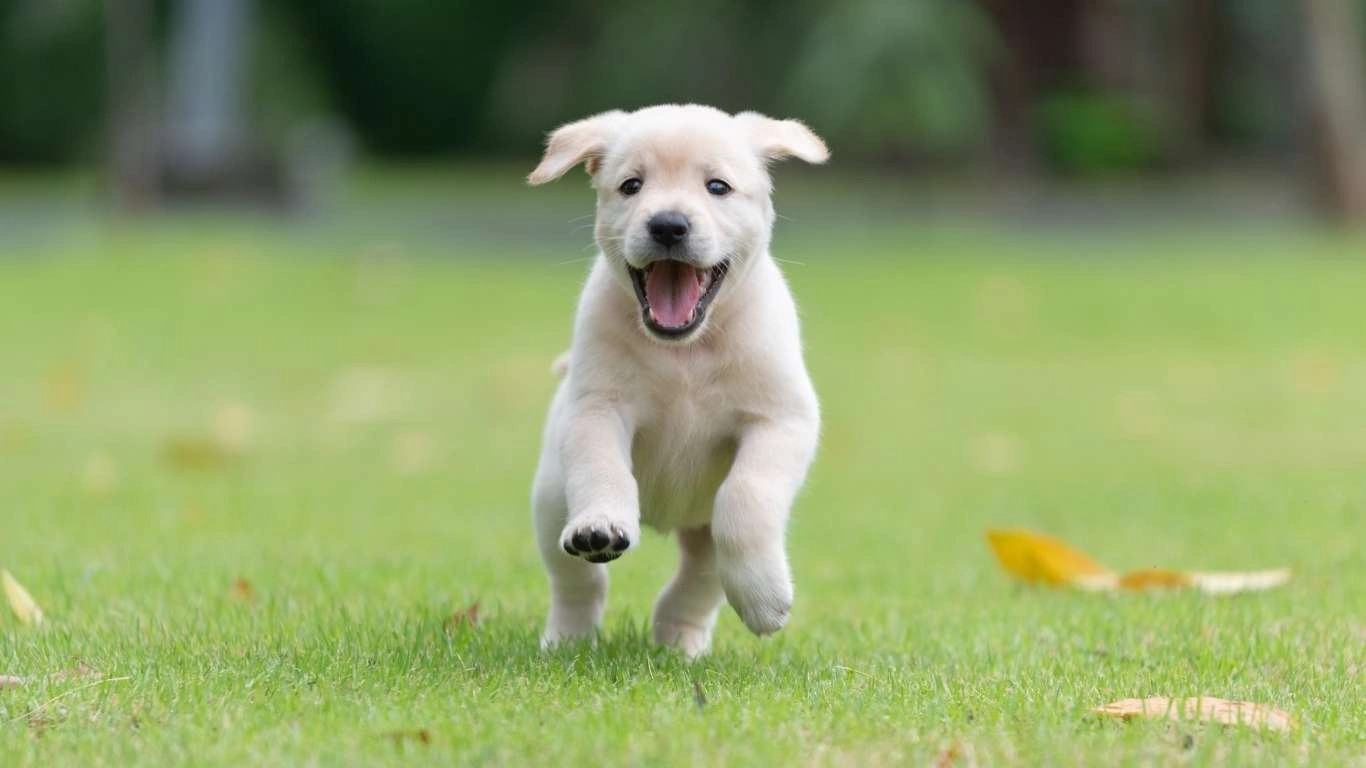
Alright, now that you’ve practiced your dog’s obedience skills and entered the dog park with confidence, it’s time to dive into managing their behavior during social play. This is where it gets interesting—dogs are pack animals, and their social instincts are strong. It’s not enough to just teach them commands; you need to be able to read their body language and give them subtle cues when things get too heated or too overwhelming.
I’ve learned over the years that the key to maintaining calm at the dog park is a combination of proactive control, confidence, and knowing when to step back. One of my first dogs, a spunky German Shepherd, used to get super excited around new dogs, leading to a bit of rough play. I learned quickly that my presence needed to be firm and confident—but without over-correcting. The goal was to ensure she felt secure, without stifling her natural playful energy.
Reading Body Language and Responding Appropriately
Every dog communicates their emotions through body language—ears, tails, posture, even their breathing tells a story. Understanding this is key to making sure the dog park experience remains positive. Here are a few signs I watch for when I’m observing play at the park:
- Relaxed Body Language: This is what you want to see in the majority of dogs at the park. Relaxed dogs will have a neutral or slightly wagging tail, soft eyes, and loose posture. They’re approachable and friendly.
- Raised Hackles or Stiff Stance: This could indicate tension or a potential standoff. If you notice this in your dog or another, it’s a good idea to intervene before things escalate.
- Growling or Snapping: While some dogs growl during play, it’s essential to listen to the tone and context. If growling is accompanied by tense body language, it might indicate frustration or discomfort.
- Tail Tucked and Ears Back: A scared dog. If you see your dog in this posture, it’s time to step in. Comfort them and remove them from the situation if necessary.
Understanding these signals helps you maintain control of the situation and intervene only when necessary. It’s easy to mistake playful growling or rough play for aggression, but with experience, you’ll learn to distinguish between the two.
Setting Boundaries and Reinforcing Good Behavior
Part of teaching your dog to behave at the park is also about reinforcing the boundaries they already know. Even in a fun, chaotic environment like a dog park, dogs need structure. Here’s how to maintain it:
- Redirection: If your dog is playing too rough or getting too excited, redirect their attention to something else. Use a toy or a simple “sit” command to reset their focus. The quicker you can do this, the less likely it is that the situation will escalate.
- Reward Calm Behavior: Whenever your dog shows calm behavior, like sitting or walking calmly around the park, give them praise. Reinforcing these behaviors encourages your dog to remain calm, even when other dogs are zooming around them.
- Use the Leash as a Reminder: If things get too intense, don’t be afraid to briefly leash your dog and give them a moment to calm down. A quick break can help reset their energy, especially for dogs that get overly excited in new environments.
Training doesn’t stop just because you’re at the park. In fact, it’s the perfect place to keep reinforcing calmness and good behavior in a setting full of distractions. I often tell clients, “Think of the dog park as a real-world classroom.” It’s a place to practice everything they’ve learned in a structured setting.
Handling Dog Conflicts at the Park
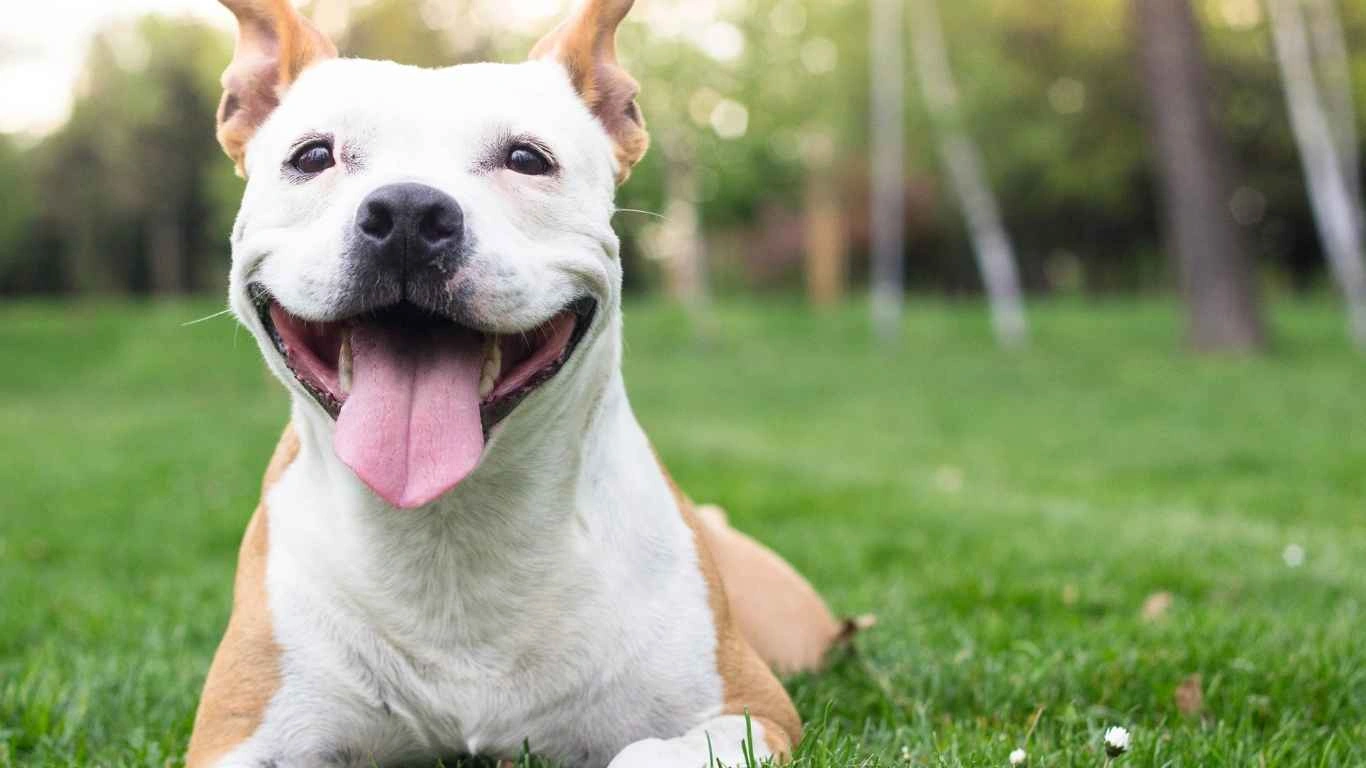
No matter how well-trained your dog is, dog park conflicts are sometimes inevitable. It’s just part of the territory. However, it’s all about how you manage those moments. My advice: Stay calm and step in with confidence. Here’s how I’ve handled dog conflicts over the years:
When to Step In and How
If you’re seeing your dog being bullied or acting aggressively toward another dog, it’s time to intervene. Do not wait for things to escalate. Most of the time, a quick verbal cue or a gentle leash correction will be enough to snap them out of the behavior.
- Approach calmly: Your dog will take cues from your energy. If you’re frantic, they’ll be frantic. Speak in a calm but firm voice to redirect them.
- Physical separation: If necessary, gently pull your dog away from the other dog. Avoid dragging or jerking them—just redirect their attention.
- Give space: If your dog has been involved in a tense interaction, give them a few minutes to calm down before allowing them to re-engage.
In some cases, there are dogs that just don’t vibe well with each other. I’ve had clients whose dogs didn’t mesh well with specific breeds or energy types. That’s okay—it’s all about learning to read the situation and knowing when to leave the park to prevent further tension.
How to Encourage Positive Interactions
On the flip side, encouraging positive dog-to-dog interactions is just as important. For your dog to thrive in a dog park, they need to have positive experiences with other dogs. Here are a few tips for fostering healthy play:
- Monitor Play Styles: Every dog plays differently. Some prefer chasing, others prefer wrestling. Look for dogs that match your dog’s play style to make interactions smoother.
- Teach Your Dog “Social Play”: Dogs that have been well-socialized tend to play in a more balanced way. Use structured playtime, like fetch or tug-of-war, to teach your dog how to interact with other dogs in a non-confrontational way.
- Encourage Calm Greetings: Teach your dog to greet other dogs politely by staying calm and not rushing into the interaction. A calm approach will help prevent territorial or overly assertive behaviors from either dog.
Sometimes, letting your dog work things out on their own is the best approach, but remember to always intervene if you see signs of stress or discomfort in your dog.
Understanding the Role of Play in Dog Development
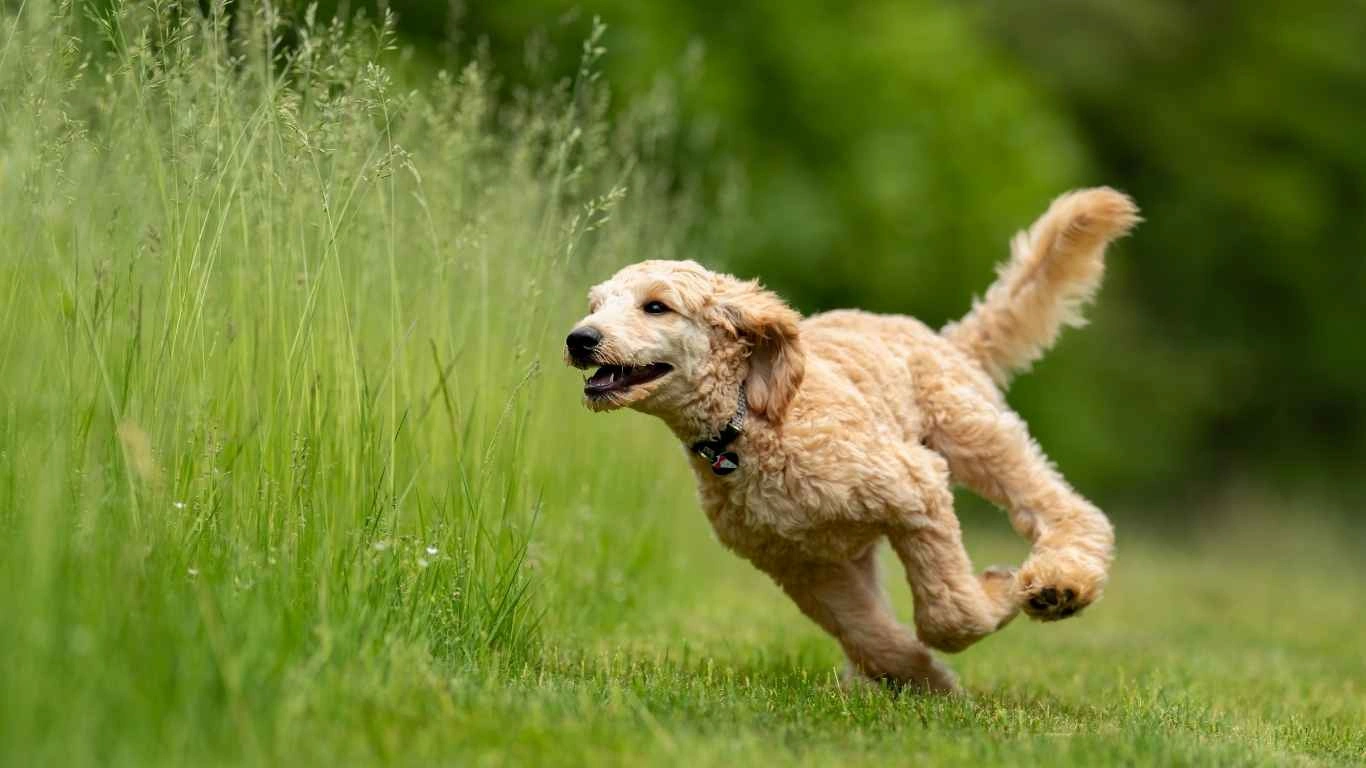
Finally, remember that dog parks are an essential part of your dog’s social development. Play is vital for mental and emotional growth. It helps dogs develop communication skills, impulse control, and—yes—just the joy of being a dog. As much as it’s a place to teach good behavior, it’s also a place for dogs to burn energy, make new friends, and have fun. So, let them enjoy it!
In my years of working with dogs in various settings, I’ve seen firsthand how positive experiences at dog parks can lead to more confident, well-behaved dogs at home and in public. Dogs are social creatures, and when we give them the right environment, they thrive. As you continue to practice how to train a dog to behave well at dog parks, keep this in mind: Training isn’t about perfection. It’s about progress and consistency.
How to Handle Overexcitement and Overstimulation in the Park

We’ve all been there—your dog is having the time of their life at the dog park, but it quickly spirals into overexcitement. Whether they’re jumping around, barking non-stop, or even showing signs of overstimulation, it’s easy for the environment to overwhelm both you and your dog. So, how do you handle it? This is where training consistency really comes into play. Even in a lively space like the dog park, maintaining control is possible when you know how to manage your dog’s energy levels.
In my experience, managing overstimulation begins before your dog even sets foot in the park. For dogs that are prone to getting too excited, it’s important to practice calming rituals before and during the visit. I had a client with a very high-energy border collie who, at first, couldn’t last 10 minutes at the park without going into a hyperactive frenzy. By incorporating pre-park calming techniques (like a brief walk or some calm obedience training right before the park), we were able to lower his arousal levels, and his playtime became much more enjoyable for both of them.
Strategies for Keeping Your Dog Calm and Focused
It’s all about creating an environment where your dog knows how to manage their energy without feeling overstimulated. Here are some strategies to help you maintain control:
- Start with a Shorter Visit: If you’re starting out with a new dog park experience, or if your dog tends to get overly excited, begin with shorter visits. A 10-minute session might be all it takes to let your dog burn off some energy without getting too overstimulated.
- Breaks are Key: Take breaks during playtime. A quick 2-minute sit-and-stay can give your dog a chance to re-center themselves and reset. This also teaches your dog that they don’t have to be “on” all the time at the park.
- Use Mental Stimulation: Not all park time has to be physical. You can also use games that require mental focus, like hide-and-seek or recall drills. These exercises not only tire out your dog physically but also mentally, which can help regulate their energy.
- Introduce More Calming Commands: Commands like “settle,” “enough,” or “calm” are super helpful when your dog starts to ramp up. With enough practice, these commands will trigger relaxation even in a high-energy environment.
With consistency, your dog will eventually learn that playtime is fun but that there are limits. And you’ll notice they can handle excitement in a much more controlled manner.
When to Leave the Park: Recognizing the Signs
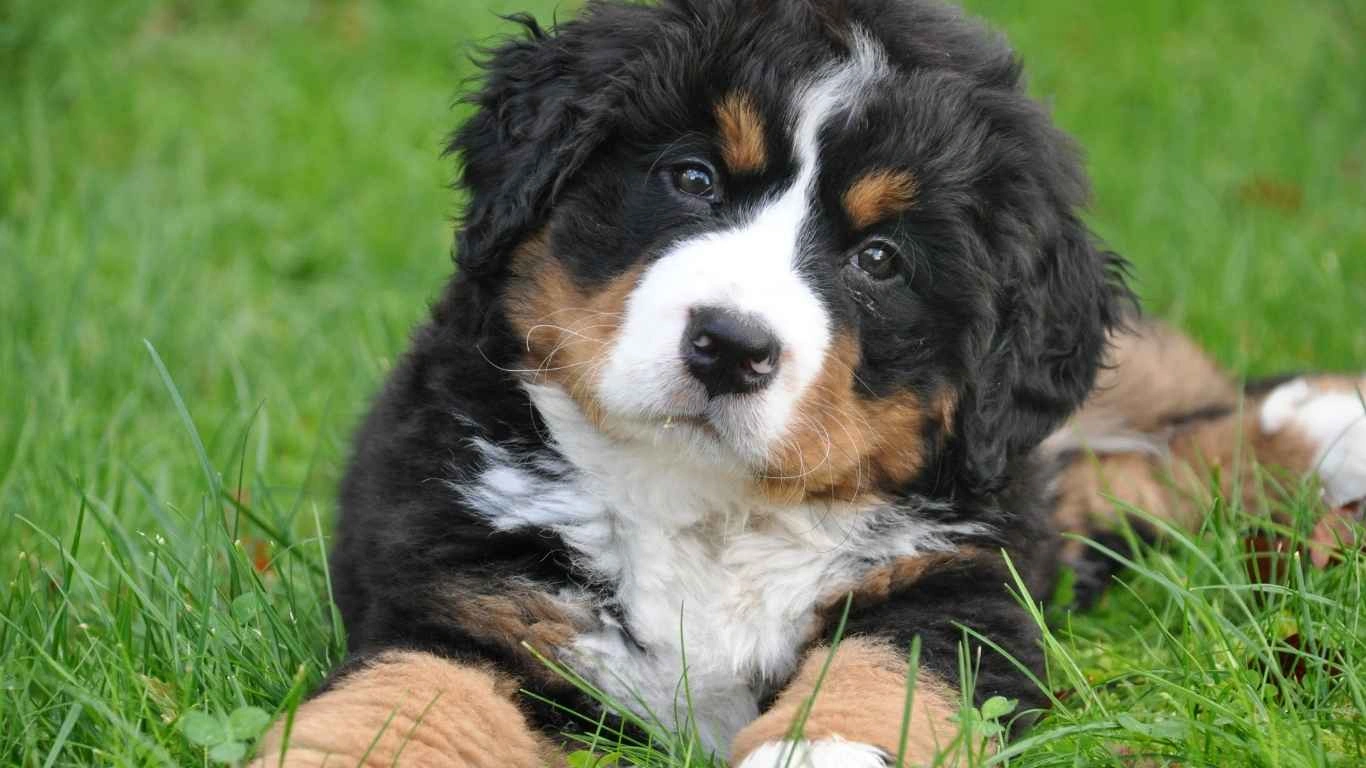
One of the hardest things for dog owners, especially those new to dog park life, is knowing when to leave. It’s tempting to stay just a little longer, especially when your dog is having fun, but it’s essential to recognize when it’s time to pack it up and head home. This is a skill that can save you a lot of headaches—and a lot of frustration for your dog.
Signs That It’s Time to Leave
- Excessive Tiredness: If your dog is dragging their feet, lying down, or not responding to you like usual, they may have had enough fun for the day. A tired dog is an overstimulated dog, and they can start to get cranky or overwhelmed.
- Signs of Stress: A dog that is constantly trying to escape or retreat from the play zone, or one who’s showing clear signs of fear (tail tucked, ears back), may need a break. The park should be a fun, safe space, not a stressful environment.
- Unwanted Aggression: If your dog starts showing aggression towards other dogs or is being overly possessive of toys or space, it’s time to intervene. Early intervention prevents further escalation.
- Your Own Stress: Sometimes it’s not your dog—it’s you. If you’re feeling anxious, overwhelmed, or frustrated, your dog will pick up on it. If it’s becoming stressful for you, that might be a sign it’s time to go.
Don’t feel guilty about leaving early. In fact, leaving on a positive note, before things get overwhelming, will help your dog associate the park with good, calm experiences and set you up for success in future visits.
Dealing with Difficult Dogs at the Park
Not all dogs are created equal, and dog parks can be a bit like high school—some dogs are just more popular, while others are a bit socially awkward. It’s not uncommon to run into a dog who doesn’t play nice or isn’t quite as well-behaved as yours. So, what do you do when you encounter a difficult dog at the park?
For example, I had a situation with a Labrador who was a little too pushy and wouldn’t stop trying to get in the face of a shy Poodle. The Poodle was obviously uncomfortable, but the Labrador was having a blast, oblivious to the tension. In cases like this, it’s important to step in before things escalate. Calmly intervene, separate the dogs if needed, and redirect their attention elsewhere.
How to Handle Difficult Dogs
- Stay Calm: If another dog is causing trouble, the first step is to stay calm. Your dog will pick up on your energy, so keeping a level head helps you make better decisions.
- Use Leash Control: If a dog’s behavior is disruptive or too intense, use your leash as a tool to guide your dog away from the situation. You can always take a break at the park bench to give both dogs space.
- Let the Owner Handle It: If a dog is continually causing issues, kindly let the other dog’s owner know about the situation. It’s often just a matter of managing their dog’s behavior better, and they may not realize their dog is becoming a problem.
Just remember: your primary responsibility is to your dog’s well-being. If another dog is acting aggressively or causing undue stress, it’s your job to protect your dog, even if that means stepping in and leaving the park early.
References and Further Reading
If you’re looking to dive deeper into training your dog for the park, I recommend checking out some of these resources:
- Dog Behavior Training Tips
- Dog Training Experts You Can Trust
- How to Socialize Your Dog with Other Dogs
These resources will give you further tips and strategies to help your dog become a well-behaved dog park pro.
Disclaimer
The advice provided in this article is based on my personal experiences as a Canine-Assisted Therapy Trainer. Every dog is unique, and results may vary depending on breed, age, temperament, and individual circumstances. Always consult with a professional trainer or veterinarian if you’re unsure about your dog’s behavior or if you’re facing challenges that you feel unable to manage on your own.
